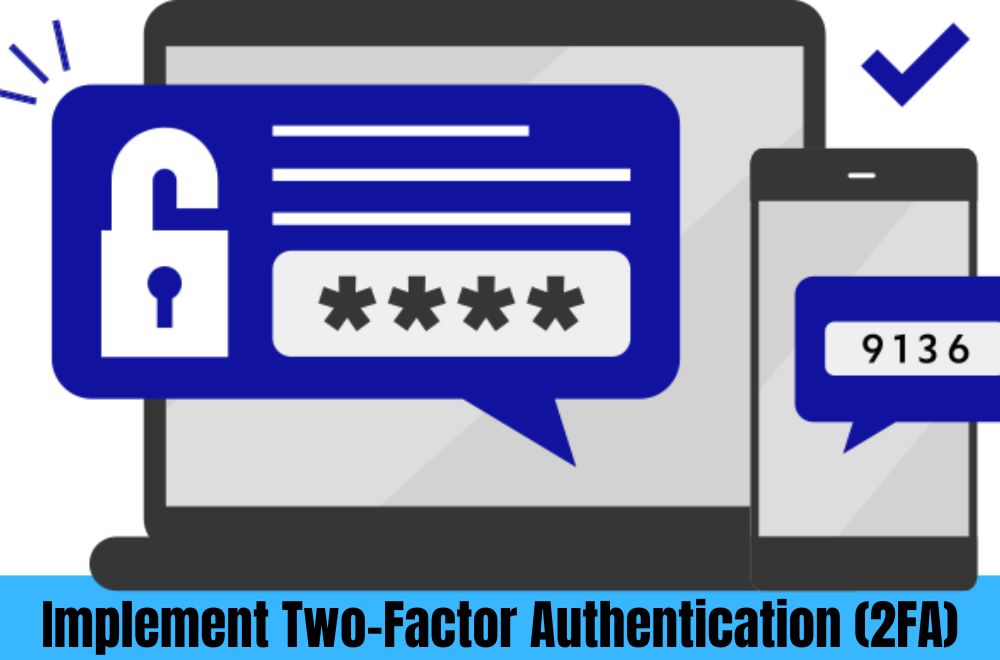In this age of technological dominance, everything has become smart. Smart homes have rapidly gained popularity due to the convenience and efficiency they offer.
However, as devices continue to interconnect at a surprising rate, homeowners must prioritize their home security for protection against cyber threats and hacking attempts.
The ultimate goal of this smart home security guide is to equip readers with essential tips and insights aimed at ensuring that their smart homes are secure in addition to being intelligent.
What is Meant By Smart Home Security
The use of smart home technology to protect your residence, possessions, and family is referred to as the basis of a smart home security guide. Its central feature includes linking devices such as cameras, sensors, and locks in a manner that allows for remote monitoring and control via smartphones or similar gadgets.
The most significant advantage it offers is the ability to provide immediate alerts with real-time surveillance capability while also enhancing homeowners’ influence over their house’s safety measures.
The convenience of remote access is a major benefit as it enables homeowners to have constant surveillance on their property from any location worldwide. Furthermore, automated features such as smart locks and motion detectors elevate the level of home security.
Yet, one must acknowledge certain cons that come with these advantages including higher costs, cyber threats risk, and privacy concerns when dealing with personal data online.
Smart Home Security Guide
1. Secure Your Wi-Fi Network

When following a smart home security guide, you must first protect your Wi-Fi network. Ensure that the password for your router is strong and distinctive, and remember to update it frequently.
If possible, activate WPA3 encryption since this feature offers greater protection than prior encryption protocols. Moreover, consider hiding your Wi-Fi network’s name (SSID) so potential trespassers may find it harder to detect your system.
2. Keep Software and Firmware Updated
For the purpose of security maintenance, it is imperative to ensure your smart devices’ software and firmware undergo regular updates.
Manufacturers often roll out patches that address bugs and enhance safety measures; thus, activating automatic update settings becomes crucial in keeping your gadgets secure by running on up-to-date versions consistently.
3. Create Strong, Unique Passwords

It is essential to create strong and distinct passwords for every smart device and its accounts, similar to your Wi-Fi network.
Default passwords should be avoided since they are easily guessed by hackers. Consider using a password manager that can generate complex passwords while keeping them secure for you.
4. Implement Two-Factor Authentication (2FA)

Improving the security of your smart home can be achieved by integrating two-factor authentication (2FA).
The majority of smart home devices and their corresponding apps offer 2FA as an option, thereby guaranteeing that access to your accounts will only be granted after secondary verification – even in cases where someone gains knowledge about your password information.
5. Be Mindful of Device Placement

Consider the physical placement of your smart devices. To maintain your privacy, it is advisable to refrain from installing surveillance cameras or microphones in delicate areas of your house like bedrooms and private spaces.
Similarly, place gadgets such as smart locks and motion detectors tactically so they can work optimally while ensuring the protection of your confidentiality.
6. Secure Your Smart Home Hub

Securing a centralized hub that connects and controls multiple smart devices is of utmost importance.
It’s crucial to guarantee its software is updated and protected with a powerful password. Additionally, it’s recommended that you frequently review connected devices and remove any unrecognized or unused ones.
7. Regularly Review App Permissions

Smart home apps often request various permissions to function correctly. It’s essential to review and understand these permissions before granting access.
Limit the permissions to only what is necessary for the device’s proper operation, reducing the risk of unauthorized access to sensitive information.
8. Monitor Network Traffic
To identify any abnormal or suspicious action, monitor your network traffic carefully. Various routers have monitoring capabilities to supervise the connected devices and their internet usage.
If you observe unidentified gadgets, it’s important to investigate promptly and implement necessary measures such as modifying passwords or blocking the device in question.
9. Invest in a Secure Router
To enhance your digital security, it is recommended that you upgrade to a router with advanced safety functions such as an incorporated firewall and prevention systems against intruders.
Specific routers are designed for protecting smart devices which provide added defense from cyber threats.
Conclusion
In conclusion, as smart homes continue to evolve, so do the potential security risks. By following our smart home security guide, you can enjoy the benefits of a smart home without compromising your security and privacy.







